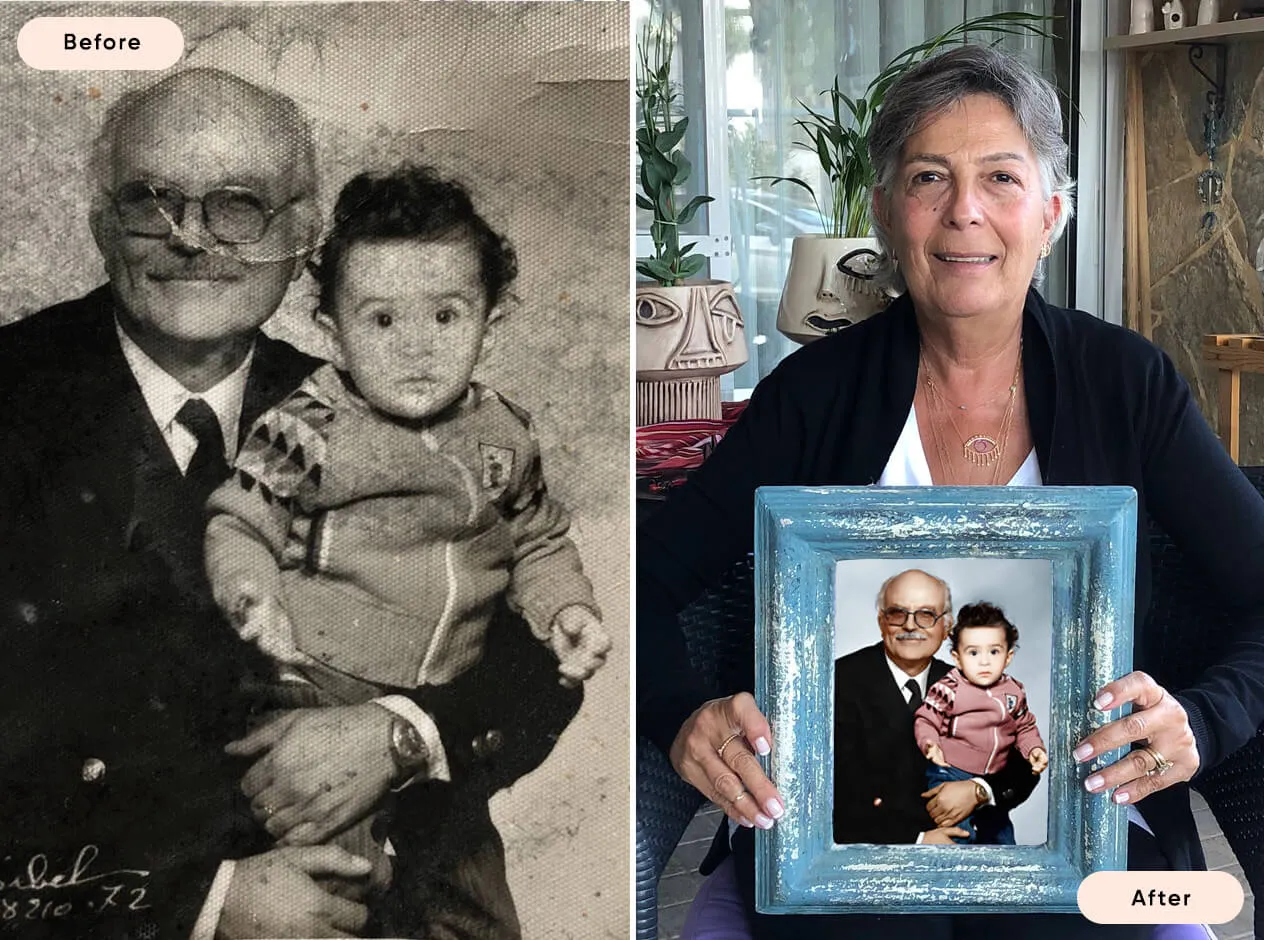What is Camera RAW
Camera RAW files offer photographers greater control and flexibility in post-processing, making them a preferred choice for professionals and enthusiasts alike. In this article, we'll explore what RAW is, how to shoot in RAW, how to process RAW images, and the importance of bits in photography.
What is RAW?
RAW is a file format that captures all the image data recorded by the camera's sensor without any compression or processing. Unlike JPEG files, which are processed and compressed in-camera, RAW files retain all the original data, providing a higher level of detail and dynamic range. This allows photographers to make extensive adjustments to exposure, color balance, and other settings without degrading the image quality.
How to Shoot in RAW
Shooting in RAW is straightforward and can be enabled through your camera's settings:
Access the Menu: Turn on your camera and navigate to the menu. Look for the image quality settings.
Select RAW: Choose the RAW option from the list of file formats. Some cameras offer different types of RAW (e.g., compressed, uncompressed), so select the one that best suits your needs.
Shoot: Once RAW is selected, start taking photos as usual. Your camera will now save all images in the RAW format, capturing the full range of data from the sensor.
How to Process RAW Images
Processing RAW images involves using specialized software to convert and edit the files. Here’s a basic workflow:
Import: Transfer your RAW files to your computer and import them into a RAW processing software such as Adobe Camera Raw, Lightroom, or Capture One.
Adjust Exposure and White Balance: One of the key advantages of RAW is the ability to fine-tune exposure and white balance without losing quality. Adjust these settings to achieve the desired look.
Enhance Details: Use tools to sharpen the image, reduce noise, and enhance details. RAW files provide more data for these adjustments compared to JPEGs.
Color Correction: Adjust the colors to match your vision. RAW files allow for precise color grading, ensuring accurate and vibrant results.
Export: Once you’re satisfied with the edits, export the file to a more common format like JPEG or TIFF for sharing or printing.
What are Bits?
In digital photography, bits refer to the amount of data used to represent color and brightness levels in an image. More bits mean more information, resulting in higher image quality and more flexibility in post-processing:
8-bit vs. 16-bit: JPEG images are typically 8-bit, meaning they have 256 levels of brightness per color channel. RAW files are usually 12-bit or 14-bit, offering 4,096 to 16,384 levels per channel. This higher bit depth allows for smoother gradations and more detailed adjustments.
Dynamic Range: Higher bit depths improve the dynamic range, enabling better recovery of details in highlights and shadows.
Color Precision: More bits enhance color accuracy, making it easier to achieve precise color corrections and gradations in post-processing.
Conclusion
Camera RAW files provide unparalleled flexibility and quality for photographers who want to make the most out of their images. By understanding what RAW is, how to shoot and process RAW files, and the significance of bits in photography, you can unlock the full potential of your camera and elevate your photography to new heights. Using software like Adobe Camera Raw will help you maximize the benefits of shooting in RAW, ensuring your photos look their best.

Or Get YourMoney Back
back your money in the rare case you are not satisfied with the quality of your
damage-free pictures. Only $38 for most image restorations regardless of damage

All rights reserved.